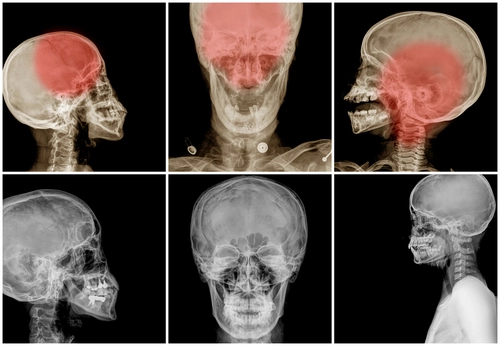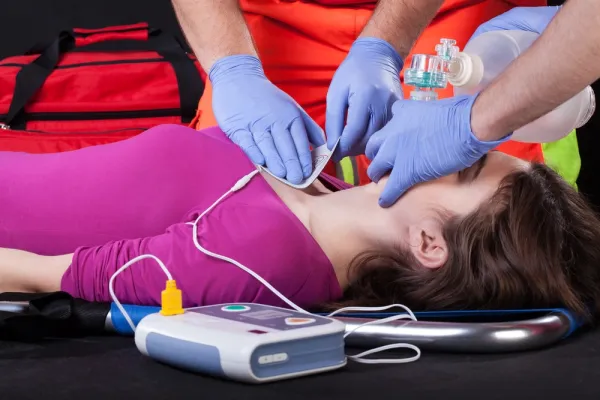Cardiology Coding Alert
Recent Updates to 5 Cardiology NCDs Reflect New 2020 ICD-10 Code Additions
You’ll see some changes to NCD 20.9.1 “Ventricular Assist Devices.” CMS recently released MLN Matters® 11491 and Change Request (CR) 11491, which made changes to several National Coverage Determination (NCDs). You will see nine changes in all, and five of those are cardiology related. Read on to learn more about how these updates will impact your claims. Understand Background for CR 11491 The changes to the ICD-10 2020 codes went into effect on Oct. 1, 2019, and the implementation date for local Medicare Administrative Contractor (MAC) was Dec. 18, 2019. The effective date of CR 11491 is April 1, 2020. The implementation date for shared system maintainer (SSM) edits is April 6, 2020. Why the NCD change? “This CR [11491] constitutes a maintenance update of ICD-10 conversions and other coding updates specific to NCDs,” according to CMS. “These NCD coding changes are the result of newly available codes, coding revisions to NCDs released separately, or coding feedback received.” Why are NCDs important? NCDs outline to what extent Medicare will cover specific medical services, procedures, or devices on a national basis. Medicare Administrative Contractors (MACs) must follow NCDs. If an NCD does not exist or if the MAC sees a need to further define an NCD for a specific region, then a MAC will develop a local coverage determination (LCD). An LCD is a MAC’s decision on whether a particular service or item is reasonable and necessary and whether it will be covered by Medicare within the specific region that particular MAC oversees. Bottom line: You must be familiar with the NCDs and LCDs for the procedures and services your cardiologist performs if you want to submit clean claims. “It’s strongly advised to regularly review LCDs and NCDs for quarterly updates because this will assist you with accurate coding throughout the year,” says Christina Neighbors, MA, CPC, CCC, Coding Quality Auditor for Conifer Health Solutions, Coding Quality & Education Department, and member of AAPC’s Certified Cardiology Coder steering committee. “Be mindful that annually in October, the update ICD-10 changes are announced for the following year.” Change 1: NCD 20.9 “Artificial Hearts and Related Devices” You will see a few changes to NCD 20.9 “Artificial Hearts and Related Devices.” Code I48.1 (Persistent atrial fibrillation) will be deleted from this NCD. You should add the following ICD-10 codes to the covered codes list: Don’t miss: If you look in the ICD-10 2020 manual, you can see that I48.1- now requires a fifth character. This change reflects the addition of new codes I48.11 and I48.19 that CMS added for 2020 to give you more specificity when reporting persistent atrial fibrillation. So, it makes sense that CMS would update NCD 20.9 to include these ICD-10 code updates. Change 2: NCD 20.9.1 “Ventricular Assist Devices.” You will also see a few changes to NCD 20.9.1 “Ventricular Assist Devices.” Code I48.1 will be deleted from the NCD, and you should add new ICD-10 2020 codes I48.11 and I48.19 to the covered codes list. This change is identical to the one you will see for NCD 20.9. Change 3: NCD 20.34 “Percutaneous Left-Atrial Appendage Closure (LAAC).” You’ll want to mark down the following changes for NCD 20.34 “Percutaneous Left-Atrial Appendage Closure (LAAC).” First, I48.1 and I48.2 (Chronic atrial fibrillation) will be deleted from the NCD. Then, you should add the following codes to the covered codes list in the NCD: Code I48.21 is a new code ICD-10 added for 2020. If you look in the ICD-10 2020 manual, you will see that I48.2- now requires a fifth character. So, adding new code I48.21 to NCD 20.34, along with new 2020 codes I48.11 and I48.19, merely reflects this change. Change 4: NCD 190.11 “Home (PT/INR) Monitoring for Anticoagulation Management” And, you don’t want to miss the changes to NCD 190.11 “Home Prothrombin Time/International Normalized Ratio (PT/INR) Monitoring for Anticoagulation Management.” As following the above patterns, CMS will delete I48.1 and I48.2 from NCD 190.11. CMS will add a myriad of new codes to the covered codes list for this NCD. They are as follows: Don’t miss: All of the above codes are new options added in 2020. So, it stands to reason that CMS would update NCD 190.11 to reflect these new codes. Change 5: NCD 260.9 “Heart Transplants” Lastly, you will see some updates to NCD 260.9 “Heart Transplants.” CMS will delete I48.1 and I48.2 from this NCD. And, CMS will add I48.11, I48.19, and I48.21 to the list of covered codes. This pattern is consistent with what we have seen above.
Related Articles
Cardiology Coding Alert
- CCI 26.0 Update:
Focus on 2020 Pericardial Drainage and Aorta Graft Edits
Remember: Always pay attention to modifier indicators. You’ve learned all about the 2020 CPT® pericardial [...] - Cardiac Monitoring, Part 2:
Here's How to Correctly Report Holter Monitoring
Don’t miss: Understand when to appropriately append modifier 52. Holter monitoring is one way your [...] - NCDs:
Recent Updates to 5 Cardiology NCDs Reflect New 2020 ICD-10 Code Additions
You’ll see some changes to NCD 20.9.1 “Ventricular Assist Devices.” CMS recently released MLN Matters® [...] - You Be the Coder:
Puzzle Out Percutaneous Transluminal Mechanical Thrombectomy Scenario
Question: The cardiologist used fluoroscopic guidance to introduce a catheter through the skin over an [...] - Reader Question:
Rely on This Option for Insertion of Permanent Implantable Defibrillator System
Question: The cardiologist implanted a new permanent dual chamber defibrillator system with transvenous leads. To [...]




